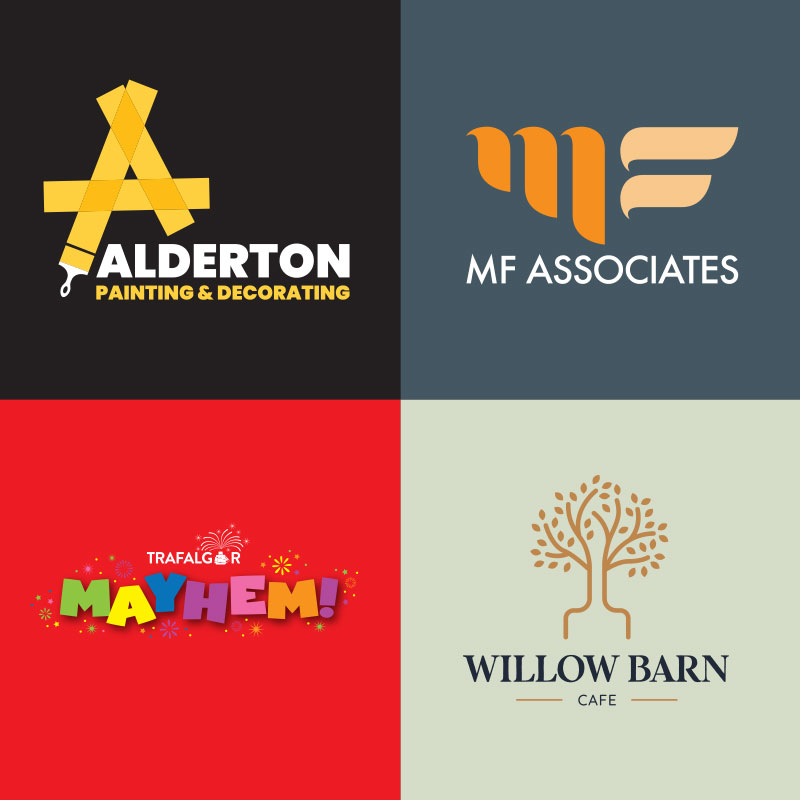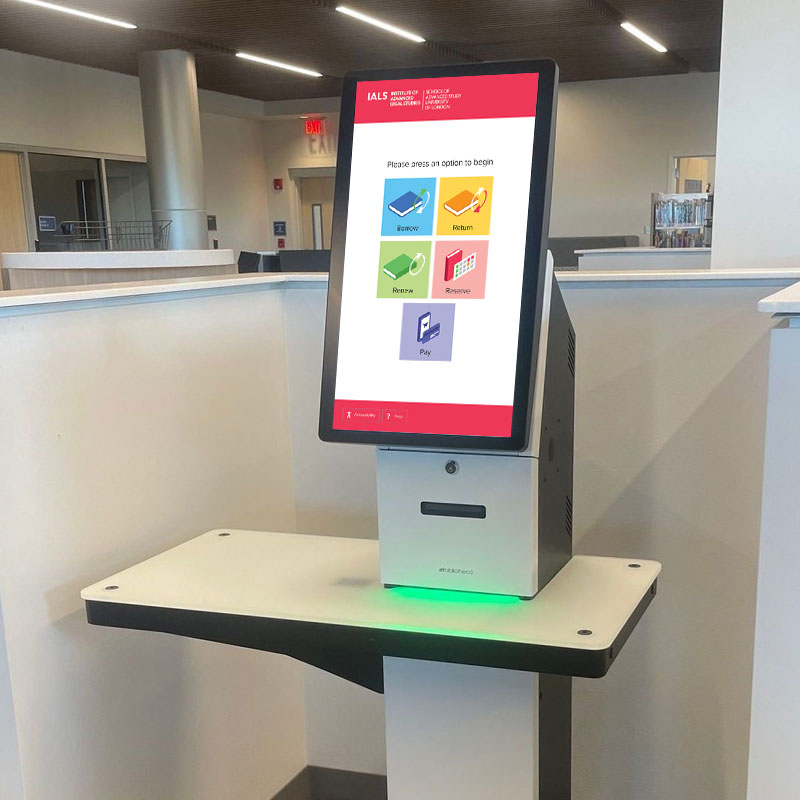UX UI Designer
We have moved to a digitally native environment, so the role of the UX UI Designer is becoming more important. As a UX UI designer I have helped many clients produce bespoke websites, online products, applications and interfaces. Each of the projects need to balance the tastes of the client, their brand and the expectations of their end user.
User Research
Many clients need help understanding who their target audience is and how they interact with technology. I help develop one page profiles of their users, which in turn illustrates the design and style they will be receptive to. Using this, we explore how these users are currently interacting with technology and discuss common established parameters and how our project can fit within these. We also consider how and why we need to add something different to make our project stand out.
We keep an objective view on what is really required and what needs to be either removed or relegated to a sub menu and how best to communicate how to use the interface.
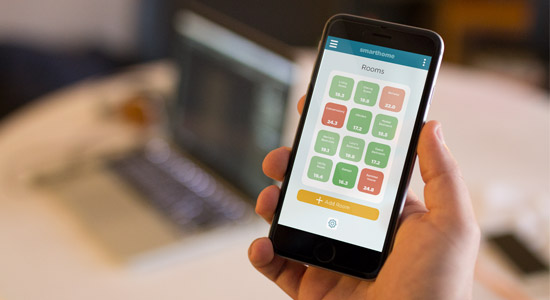
Example of UX UI Design for smart home/security white label app. View the case study here >
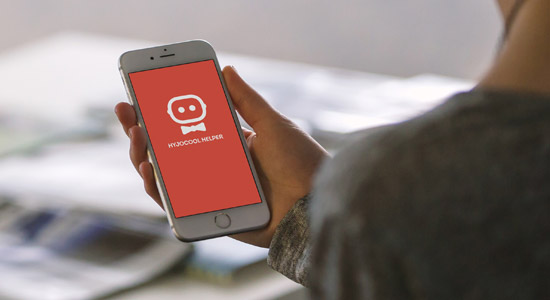
App design for to provide access to technical data. To view the case study click here >
UX UI Wireframes
I find it best to work with the client to produce a set of wireframe plans before presenting any design work. That way we can ensure the structure is complete and not get side tracked by any subjective conversations about colour and fonts. Wireframes help to uncover questions yet to asked. This can be about the relationship between content or highlighting when a user can get confused about where they need to be within the interface.
Wireframes are also quick and cheap to produce. This speeds up the design process and allows us to try different approaches.
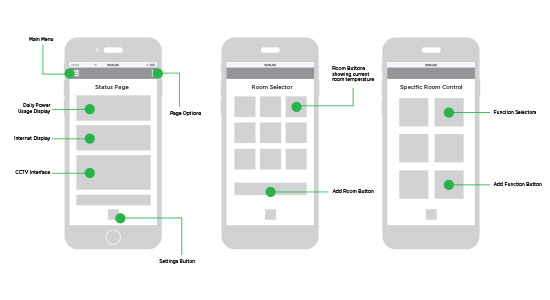
Example of UX UI Design Wireframes for Smart Home App. View the case study here >
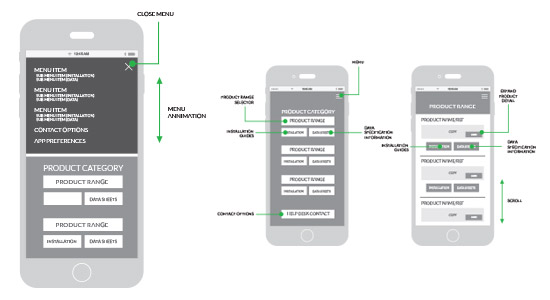
Wireframe examples for technical data app. To view the app design case study click here >
Interface design and visual expression
Once approved, my task as a designer is to add flavour and style adding to the user experience. The design must be clear and faithful to the planning and wire-framing. It must also talk to the audience in a visual language they understand. Beyond that it should be symbiotic with the brand values and visual identity of the business. As designer who understands visual identity, I ensure these projects communicate the brand. Brand Guidelines are often little use as we are stepping into areas which were not considered when they were produced, but that doesn’t mean we discard them totally.
Attention to detail matters. Each step needs to be seamless making the user experience to best it can be. Most will not fully appreciate the planning that goes into a great interface, but all will notice when something jars, looks out of place or cannot be found.
It is important to design for the end user. My clients know their business better than I will, but the best projects are those which include a healthy dialog between designer, client and the end user. This can be achieved through testing prior to launch but will often rely on me the designer interpreting the interface from and end user’s perspective.
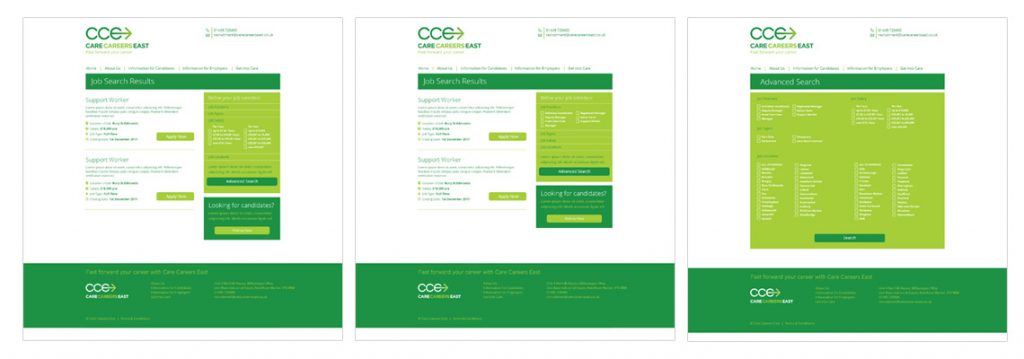
Example of website search widget. View the case study here >
These projects represent just a selection of my work. For rights reasons and confidentiality I do not show any of the work completed on behalf of marketing agencies or marketing consultants. If you would like to discuss these project and see more examples, drop me a line and we can get together.
